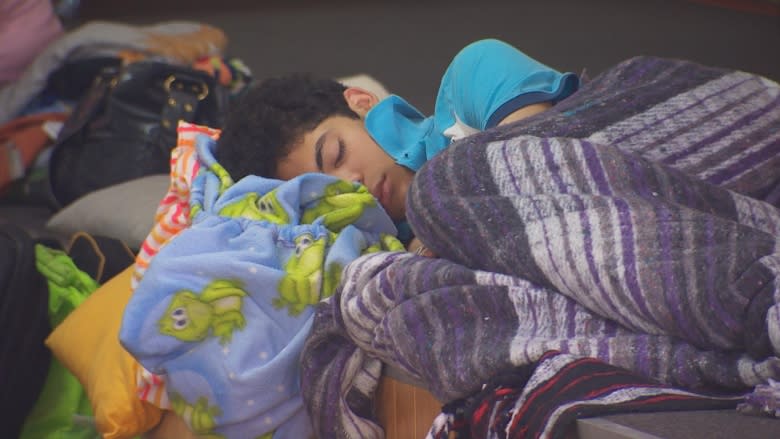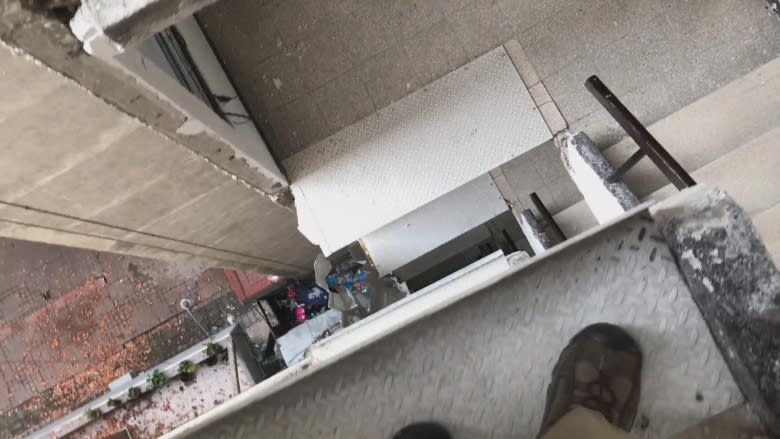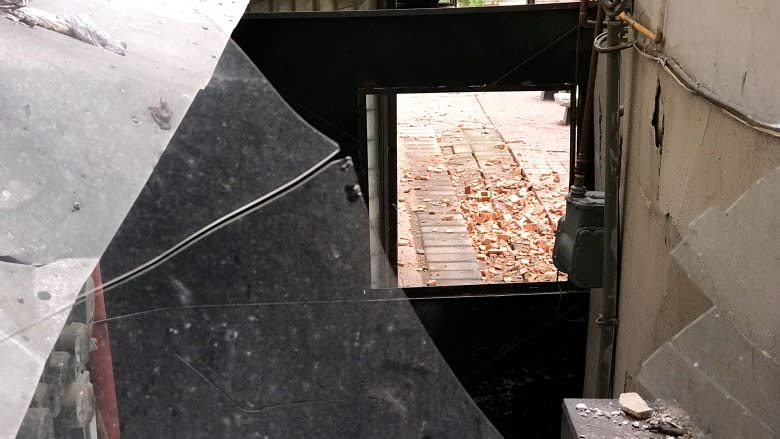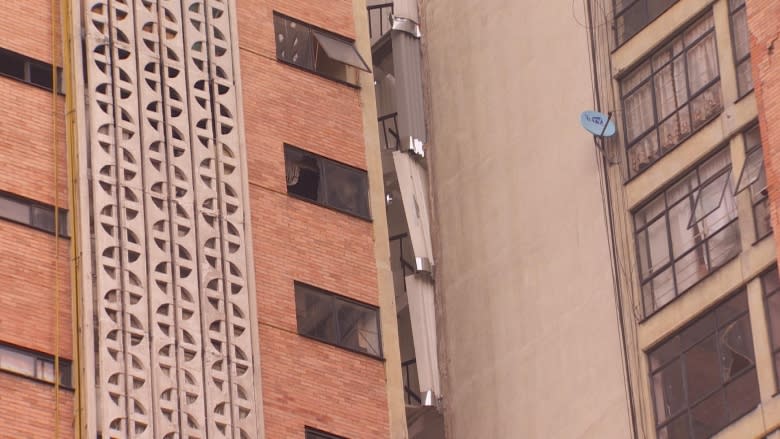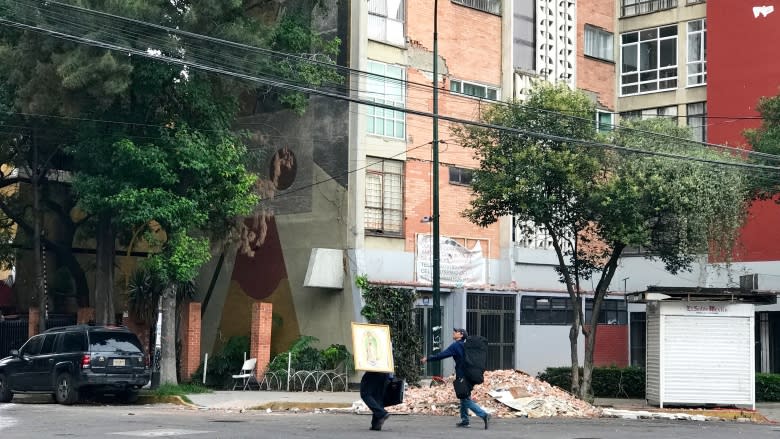Mexicans homeless after quake rely on kindness of strangers to survive
For 12 years, Adriana Lemus has walked up to apartment 903 of the Osa Mayor, a 14-storey apartment building in downtown Mexico City. Now, as she picks her way carefully up the stairs past piles of rubble, she fears this may be the last time she will see her home.
Since Tuesday's earthquake, more than 40 buildings have collapsed. Close to 4,000 others, like the Osa Mayor, have been damaged, many beyond repair.
As she climbs up toward her apartment, she points out cracks in the walls. Lemus shouldn't be in the building, as the authorities have forbidden residents from entering. From the outside, you can see why.
The building is coming apart at the seams, half of it leaning wearily, as though it would prefer to lie down. On each floor, the stairs have separated from the landing. She has to step over large gaps or rely on fallen lengths of aluminum siding as makeshift bridges. A slip would end several storeys below.
"We have to be careful," Lemus says
She decided to brave the danger to pick up some of her six-year-old daughter's favourite things, to restore a sense of normalcy where none has existed for days.
Outside, other residents gather while wondering what to do and where to go. Buildings are still falling.
Francisco Flores, 27, fears the Osa could be next.
"A little earthquake or something and maybe that could finish the job, you know," he says.
Most in this working-class neighbourhood have little money and few options. Some are staying at a shelter that's been set up down the street. Inside, one teen is trying to sleep while a family with three children play among the Red Cross blankets.
Others among the suddenly homeless, like Vivianne Rodriguez, have chosen to sleep in their cars.
The marketing executive gratefully accepts a cup of coffee through her car's open window served by a volunteer. Since Tuesday, the car's front seat has become her kitchen and bedroom.
She's parked across from a building that was torn apart by the earthquake. The open wound in the bricks on the first floor reveals her apartment. You can see her blue blouses hanging inside as though they were goods in a shop window. Martinez could stay in a shelter, she acknowledges, but she and many others prefer to sleep within sight of their homes.
"So people don't rob us of the little we have," she says.
Soldiers are on the street to keep order, but Rodriguez says the government is doing little else to help. She points to the sweater she's wearing, to her shoes: all donated. She says she shouldn't have to rely on the kindness of strangers to survive.
Back at the Osa Mayor, Lemus and a neighbour carry a door from one of her rooms out of the apartment. They're building a sturdier bridge over one of the larger gaps in the stairs, to help some of the other residents trickling in to retrieve a bag or two of belongings.
Some carry vital documents, another, a favourite sweater — whatever they cherish most, whatever they feel they need to get them through this.
One man emerges with nothing but a painting of the Virgin of Guadalupe.

